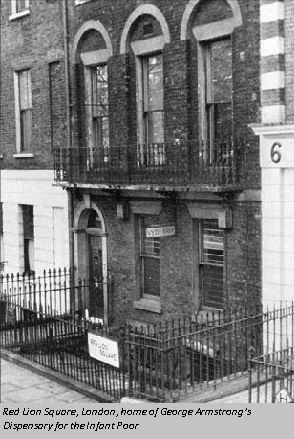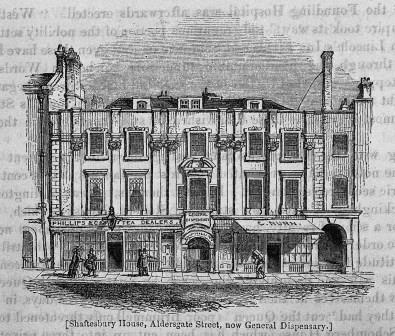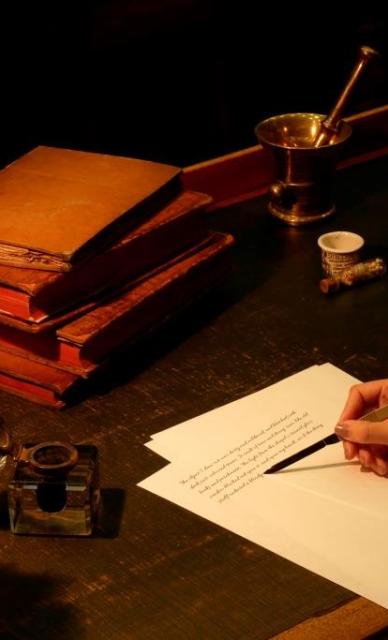Physicians' Gallery Newsletter
Updates on upcoming events, exhibitions and online stories
Empowering medical excellence, shaping healthcare futures.
The College is undertaking a project to catalogue, digitise and make available online our collection of the patient records of Edinburgh's Public Dispensary, established in 1776. To put this project into context, this blog gives an overview of the eighteenth century British dispensary movement.
Not every historian agrees on what exactly were the defining features of a dispensary in the eighteenth century. The basics are that they provided outpatient medical treatment and advice to patients, in contrast to the inpatient service provided by hospitals. Other important factors were that these services were provided solely to the sick poor, rather than generally available to all, and that these services were made available free of charge.
In some cases home visits for patients were also part of the service provided by dispensaries, although this wasn't always the case. Usually (although, again, not always) dispensaries were independent bodies (not just a part of the service provided by hospitals).
How you define a dispensary will determine when you think the first dispensary came into being.
Both the London and Edinburgh Colleges of Physicians set up dispensaries in the late seventeenth century (Edinburgh's in 1682, London's in the 1690s). Because the London College charged for its services, and did not restrict access to just the poor, and because the Edinburgh College didn't provide home visits, they are often excluded from histories on the subject.
The London dispensary was sufficiently controversial, particularly in terms of concerns by apothecaries about what physicians supplying medicines would mean for their trade monopoly, that it inspired a lengthy, and popular, poem on the subject - Samuel Garth's The Dispensary, in six cantos.

The Dispensary for the Infant Poor, established in London in 1769 by the Scottish physician George Armstrong, is also often not included in studies. Partially because it was fairly short-lived (with Armstrong going bankrupt in the early 1780s), and partially because it focused on a specific sub-group (treating only children), it often isn't considered part of the main thrust of the dispensary movement.
Two dispensaries set up in London and Bristol in the 1740s are also often omitted from histories, in this case the reason seems to be down to their origins as Methodist institutions and therefore being considered outside orthodox medical control.
The usual example given as the first orthodox medical British dispensary is the General Dispensary of Aldersgate Street, London, established in 1770 by a number of physicians, including the Quaker John Coakley Lettsom. Following on from this, a number of dispensaries were founded across Britain, with around 40 in operation by 1800.

The relationship between dispensaries and the already existing hospitals was a complicated one.
The fact that a wide range of groups were often excluded from inpatient hospital services (including children, pregnant women, incurables, those suffering from venereal diseases and fever cases, and others with potentially contagious conditions) may well have been key the increase in dispensary provision.
As a result of these exclusions, while it might seem logical that the more sickly cases would by treated by hospitals, while the less serious were seen by dispensaries, often the exact opposite may well have been the case, with the more unwell being refused hospital beds.
Although the motives of those behind the dispensary movement may not have always been purely philanthropic - often the founders were members of those groups who were excluded from usual establishment positions, based on religion, nationality or just as a result of politicking and backbiting. Establishing a dispensary was one way to break out of conventional professional hierarchies and make a name for yourself.
The Edinburgh dispensary is a prime example of this - established by Andrew Duncan in large part as a result of his losing out on a university position. The dispensary enabled him to continue teaching clinical lectures and raise his professional profile until, in 1790, he was allowed back into the fold - having been appointed as the University of Edinburgh's Professor of the Theory of Physic.

Updates on upcoming events, exhibitions and online stories